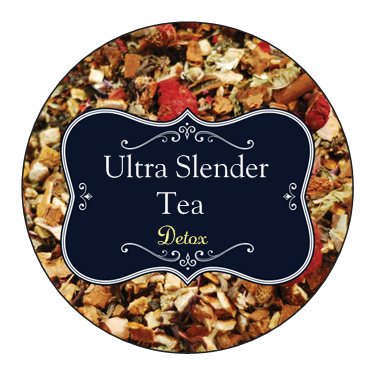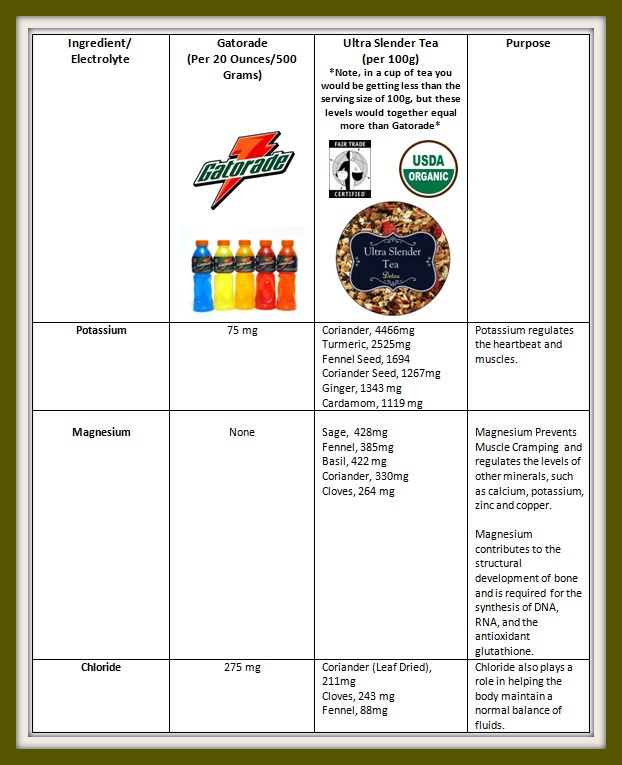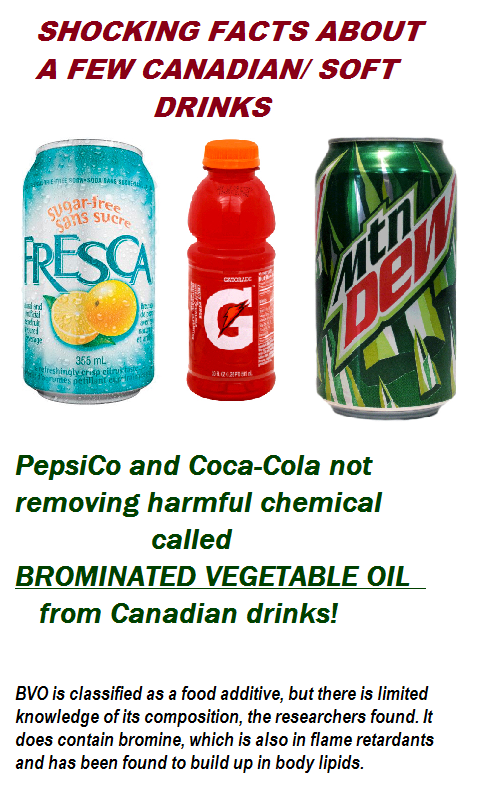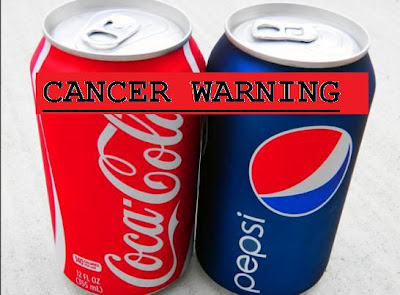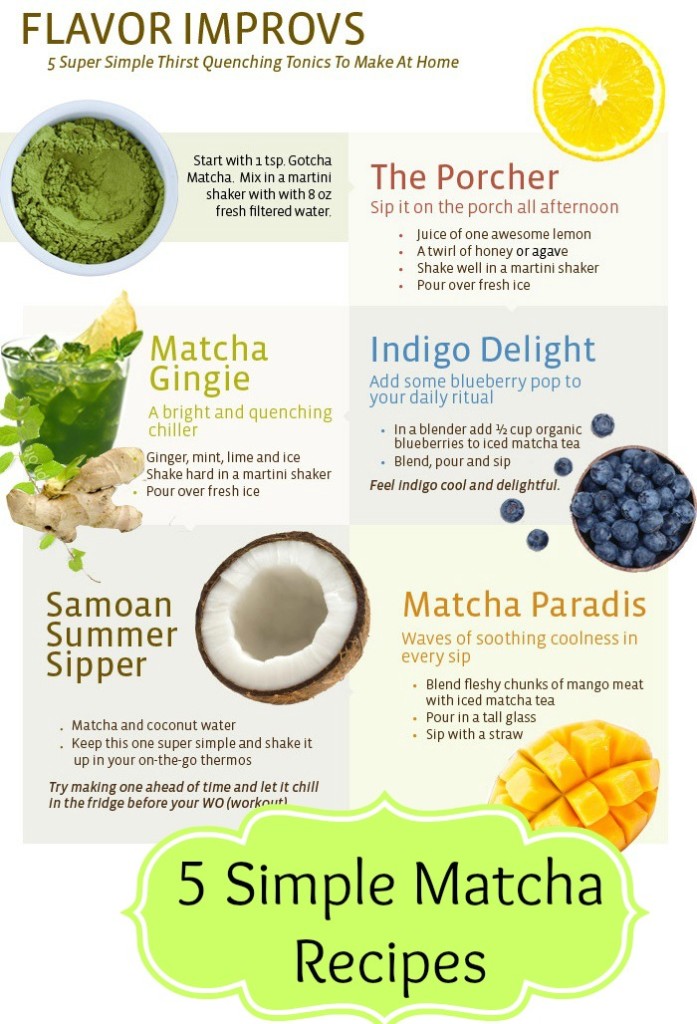Teatox
“When to drink detox tea?” is a question commonly asked to our health experts. Some people are scared detox tea will cause them to have to go to the bathroom during work hours and negatively affect their daily routine. However, this is just not the case with most detox tea’s. Why is that? Well, many detox tea’s focus on clearing out your kidneys and increasing metabolism over time (not your colon…in that case, you would have to be more cautious). If you want to avoid a colon cleansing detox, don’t buy a tea with “senna leafs” in it! Indeed, some detox tea JUST uses “senna leaf’s” – which in our opinion is quite cheap and ill tasting. The only tea we know of that uses these leaves is Skinny Tea.
Detox tea is just a fancy word for helping cleanse your body, increase your metabolism and just assist the body’s natural forms of elimination through the digestive tract, the kidneys, liver, lungs and blood. It is important to know that our bodies are fully equipped to handle cleansing and elimination of toxins daily, there are just a number of times when assistance is needed. If too many toxins are present, for example, our traditional system of cleansing can become overwhelmed. When this happens, to your body often experiences symptoms such as headaches, fatigue, indigestion, acne, bloating, jaundice, decreased energy, sluggish digestion, immune deficiency, etc.
Times of the Day to Drink Detox Tea?
The best time of the day to drink detox tea is first thing in the morning, after working out, and before dinner.
Why drink detox tea prior to bed?
Often detox tea’s are “herbal based”, meaning they don’t contain a lot/if any caffeine. Therefore, drinking detox tea at night will allow the herbs to take effect in your body while you sleep. Therefore when you awake, you can properly eliminate the waste through normal means of disposal.
Why not drink detox tea in the middle of the day?
Often detox tea’s are centered around helping your kidney and liver filter out a lot of the toxins in your body. The kidney also plays a role in If you drink the tea throughout the day you will spend more time going to the bathroom (maybe one more time than normal).
Detox Tea For Athletes
There are a few detox teas that can also be highly effective for athletes. Why are they good for athletes? Well, detox tea is loaded with the best herbs that can are high in key electrolytes such as magnesium, potassium, sodium and chloride…all the the stuff found in your common gatorade, but in much higher quantities. For example, Ultra Slender Tea contains coriander, turmeric, fennel seed, ginger and cardamom (in small quantities of course that have been proportioned accordingly to taste the best) which are high in potassium. Potassium regulates the heartbeat and muscles. To learn the exact amounts of potassium, magnesium and chloride in Ultra Slender Tea, the herbs responsible and a comparison to Gatorade, refer to THIS ARTICLE.
When should athletes drink detox tea?
Athletes should drink a detox tea (i.e. Ultra Slender Tea or Ultra Skinny tea) anytime after exercise. Ultra Slender Tea is high in all key electrolytes, including magnesium, which will prevent muscle cramping after a workout and regulate the levels of other minerals in your body such as calcium, potassium, zinc and copper. Increasing zinc absorption is imperative for optimizing athletic performance and strength development as it plays a primary role in anabolic hormone production. Indeed, research shows having ample zinc available in the body allows for a more robust release of the three most important anabolic hormones, testosterone, growth hormone and insulin-like growth factor-1 (IGF-1). Without these, you’ll miss out on muscle and strength development from your hard work in the gym. Note, zinc also increases your immune system, improves cardiovascular health, detoxifies the brain of heavy metals, prevents Alzheimer’s disease and clears acne.
How long to drink detox tea?
Drinking detox tea over a period of one to two weeks allows for the toxins that are stored in fat cells and other cellular structures to be removed, in addition it allows for the body to adjust to the removal of substances that should not be present in the body in the first place. As the body eliminates debris from the lungs, liver, stomach, kidneys, and blood, there may be some side effects such as headache or fatigue. This is the body’s reaction to the removal of toxins, the stimulation of the cleansing process and the strengthening of the immune system. Symptoms should subside within a day or two. Once finished you should feel refreshed with a renewed energy and ability to function and concentrate. Your mood will be calm and more positive and digestion should return to normal.
To maintain your health you should consider doing a detox cleanse every 3-6 months, depending upon your exposure to toxins and if symptoms of liver stagnation or deficiency reoccur. Detox teas are readily available at natural grocery stores, and online (we recommend Ultra Slender Tea). They are inexpensive and you should never use an entire box in one sitting. Therefore it is easy to keep a detox tea on hand. Always read the directions before use because some detox teas are more potent than others and may require different steps.
If you want to learn more about detox tea and how to utilize tea for weight loss, we highly recommend this ebook! It’s really affordable and can be downloaded right onto your ipad (using the kindle app of course) or kindle.



